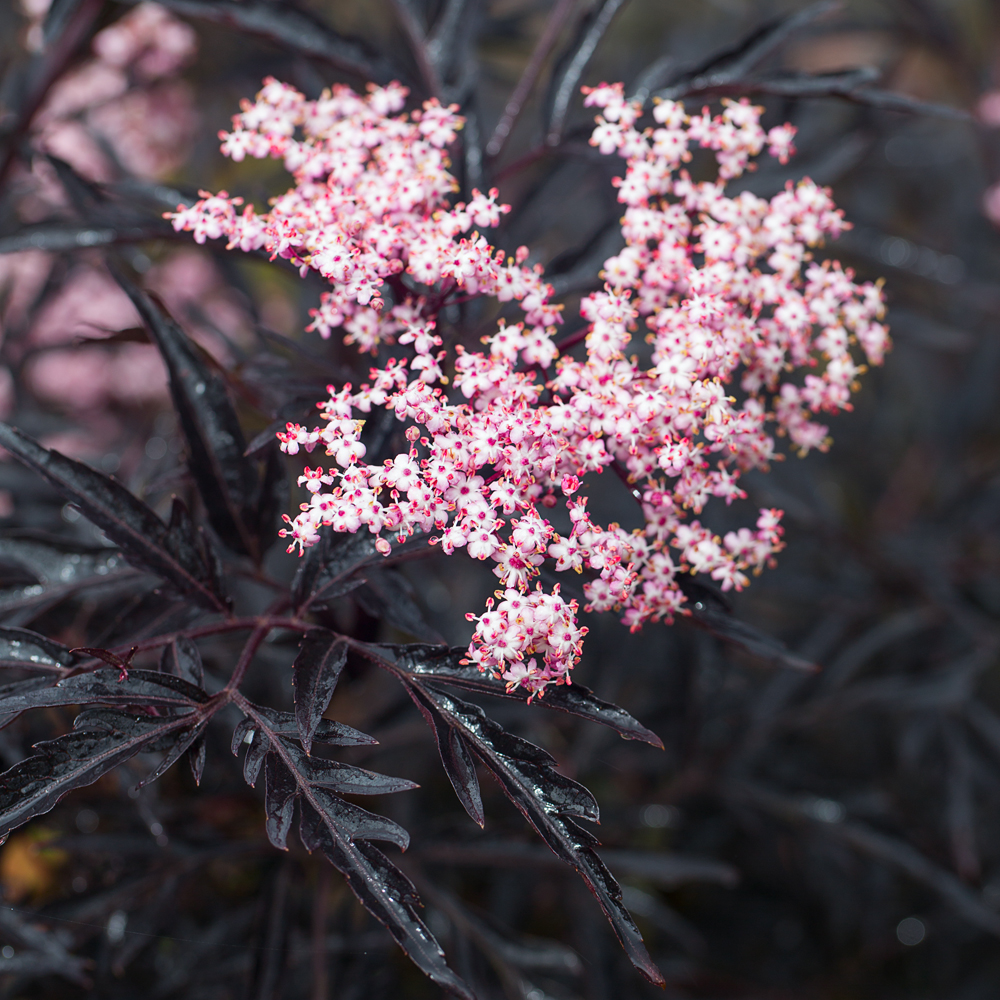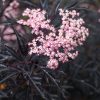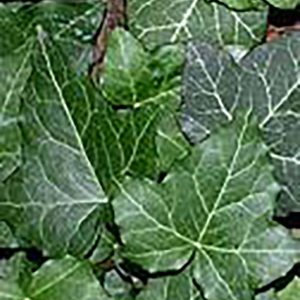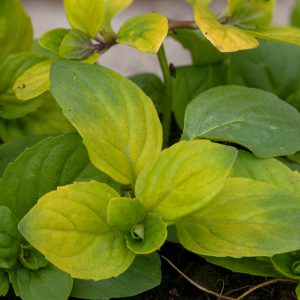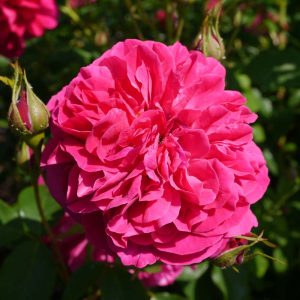Description
Sambucus nigra ‘Black Lace’ is a cultivar of Sambucus nigra, commonly known as the Elderberry. It is a deciduous shrub or small tree that is known for its dark, finely cut leaves that give the plant a lacy appearance. The leaves are deep purple in color, giving a striking contrast to the pinkish-white flowers that bloom in late spring and early summer. The plant can reach a height of about 2-3m (6-10ft) and a width of about 2-3m (6-10ft). It prefers full sun to partial shade and moist soil. It can tolerate a wide range of soil types, including clay, loam, and sandy soils. It is commonly used as an ornamental plant in gardens and landscapes. It can be used as a specimen plant, in a mixed border. It is not known to be toxic to animals, though the unripe berries and other parts of the plant can be toxic to humans if consumed in large quantities.
Key Facts
- Common Name(s):Elder ‘Black Lace’
- Hardiness:Fully hardy
- How big will I get? Sambucus nigra ‘Black Lace’ can grow to a height of 3m and a spread of 3m.
- Did You Know That:It is also a host plant for the caterpillars of the elderberry longhorn beetle, a beneficial insect in the garden?
Plant Calendar
A rough guide to how this plant will change through the year.
| Jan | Feb | Mar | Apr | May | June | July | Aug | Sept | Oct | Nov | Dec | |
| Flowering Time |  |
 |
||||||||||
| Foliage Colour |  |
 |
 |
 |
 |
 |
 |
 |
 |
| J | F | M | A | M | J | J | A | S | O | N | D |
 |
 |
||||||||||
 |
 |
 |
 |
 |
 |
 |
 |
 |
Care Guide

Soil Requirements
Sambucus nigra ‘Black Lace’ is a versatile plant and can cope with wet or drier soils, but prefers there to be decent drainage. This plant can grow in soil with a wide range of pH levels, it is not picky about the pH level of the soil.

Best Position
Sambucus nigra ‘Black Lace’ can handle either an exposed or a sheltered position and can cope with either full sun or partial shade.

Maintenance
Sambucus nigra ‘Black Lace’ is fairly low maintenance and doesn’t require any pruning. However can be pruned hard to keep a desired size.

Pest, Diseases and Wildlife
Sambucus nigra ‘Black Lace’ can have problems with blackfly, it can be vulnerable to certain diseases such as verticillium wilt. It is also known to attract bees, birds and other pollinators. It is not considered to be toxic.
